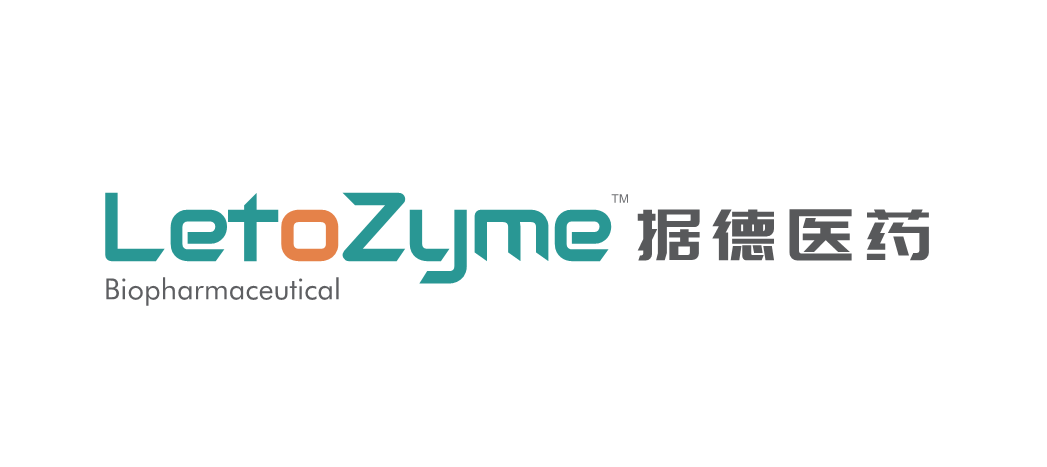Advanced Protein Technologies and Drug Development
Bridging the gap of technological advances in life sciences between China and the world
- Recombined human bFGF
-
Catalog Number:
LT0068
Synonyms:
Fibroblast Growth Factor-basic, FGF-2, HBGF-2, Prostatropin
Description:
FGF-basic is one of 23 known members of the FGF family. Proteins of this family play a central role during prenatal development, postnatal growth and regeneration of a variety of tissues, by promoting cellular proliferation and differentiation. FGF-basic is a non-glycosylated, heparin-binding growth factor that is expressed in the brain, pituitary, kidney, retina, bone, testis, adrenal gland, liver, monocytes, epithelial cells and endothelial cells. FGF-basic signals through FGFR 1b, 1c, 2c, 3c and 4. Recombinant Human FGF-basic is a 17.2 kDa protein consisting of 154 amino acid residues.
Sequence:
AAGSITTLPA LPEDGGSGAF PPGHFKDPKR LYCKNGGFFL RIHPDGRVDG VREKSDPHIK LQLQAEERGV VSIKGVCANR YLAMKEDGRL LASKCVTDEC FFFERLESNN YNTYRSRKYT SWYVALKRTG QYKLGSKTGP GQKAILFLPM SAKS
Source:
E.coli
Purity:
Greater than 95% by SDS-PAGE gel and HPLC analyses.
SDS-PAGE result HPLC result 

Bioactivity:
Assay #1: The ED50 as determined by the dose-dependent stimulation of thymidine uptake by BaF3 cells expressing FGF receptors is ≤ 0.5 ng/ml, corresponding to a specific activity of ≥ 2 x 106units/mg.
Assay #2: The ED50 was determined by a cell proliferation assay using balb/c 3T3 cells is ≤ 0.1 ng/ml, corresponding to a specific activity of ≥ 1 x 107units/mg.
Copyright © 2021 Leto Laboratories Co.,Ltd.All rights
reserved。京ICP备2022031530号 copyright:Beijing Leto Laboratories
Biotechnology Co., Ltd  京公网安备
11011402011944号
京公网安备
11011402011944号


